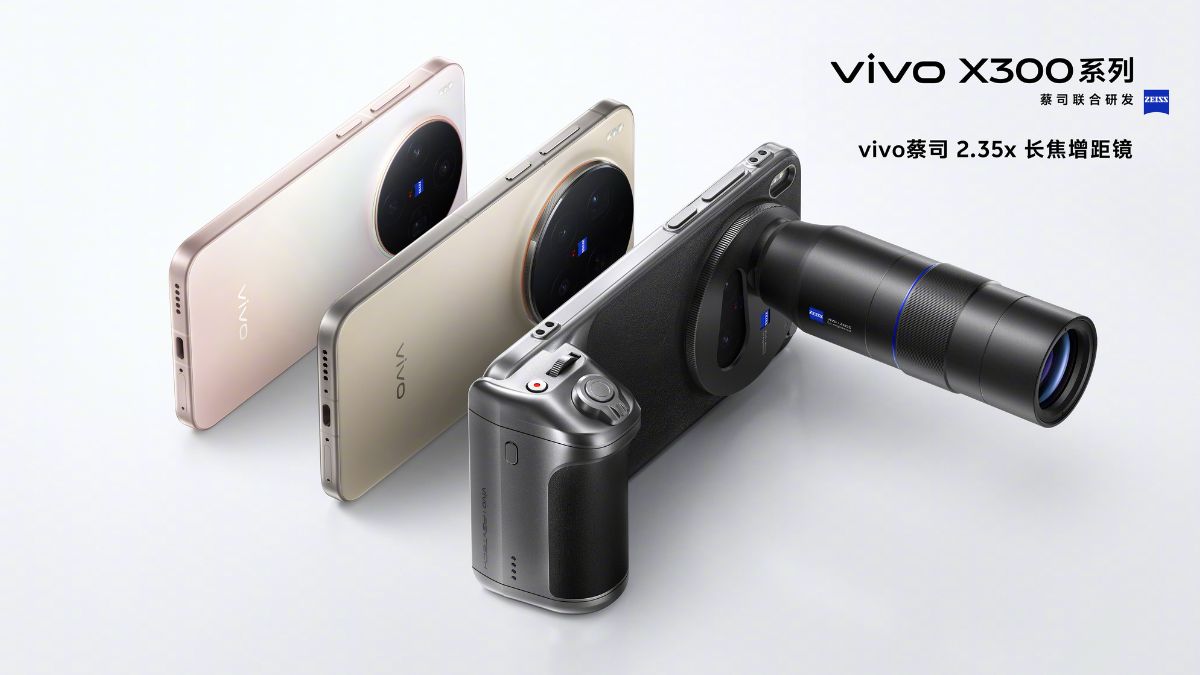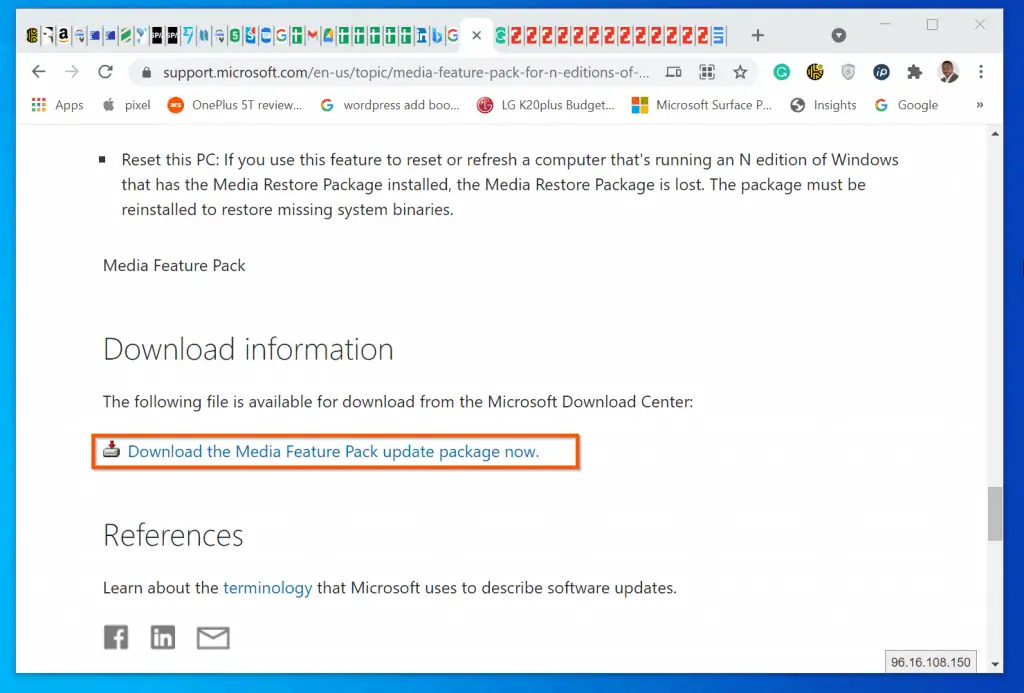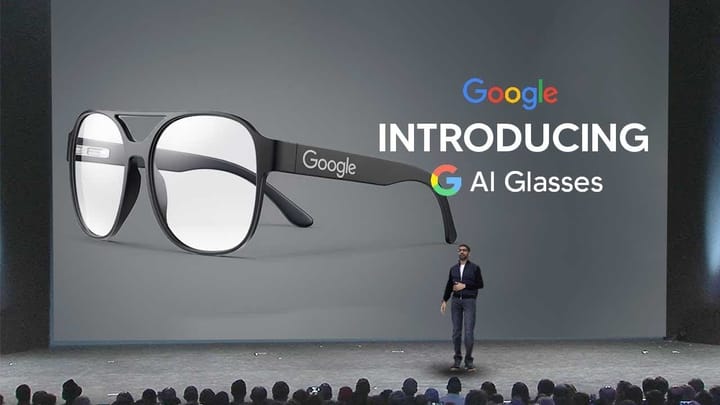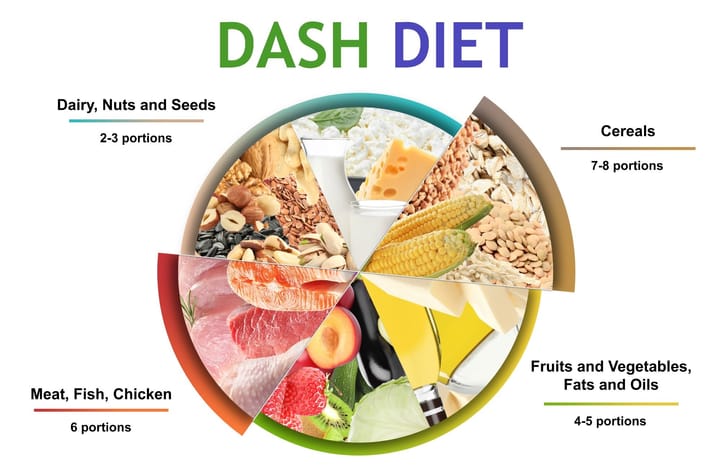Mirroring Reality - The Power of Digital Twin Technology

What is Digital Twin Technology?
Digital Twin Technology is a revolutionary innovation that enables the creation of a virtual replica of a physical object, process, or system. This digital duplicate mirrors the characteristics, properties, and behavior of its physical counterpart, allowing for real-time monitoring, simulation, and analysis.
Key Characteristics of Digital Twin Technology
- Virtual Replica: A digital twin is a precise virtual replica of a physical object, process, or system, created using advanced technologies such as IoT sensors, AI, and machine learning.
- Real-time Data Reflection: Digital twins reflect the performance of their physical counterparts in real-time, allowing for continuous monitoring and updates from real-time data.
- Simulation and Optimization: Digital twins can simulate the behavior of physical objects, processes, or systems under various scenarios, enabling the optimization of decisions and predictions of future outcomes.
By harnessing the power of digital twin technology, industries can unlock new levels of efficiency, productivity, and innovation, ultimately transforming the way they design, operate, and maintain physical assets.
Types of Digital Twins
Digital twin technology has evolved to encompass various types, each serving distinct purposes and industries. Understanding these types is crucial to harnessing their full potential.
Component Twins
Component twins replicate individual components, enabling real-time monitoring and simulation. This type is particularly useful in product design, testing, and maintenance. By creating a digital replica of a component, manufacturers can:
- Analyze performance under various conditions
- Identify potential failures and optimize design
- Streamline maintenance and reduce downtime
Asset Twins
Asset twins replicate entire assets or systems, providing a comprehensive understanding of their behavior and performance. This type is commonly used in industries like energy, manufacturing, and construction. Asset twins enable:
- Real-time monitoring and predictive maintenance
- Optimization of asset performance and lifespan
- Improved decision-making through data-driven insights
System Twins
System twins replicate entire systems or processes, allowing for the analysis and optimization of complex interactions. This type is particularly useful in industries like healthcare, transportation, and logistics. System twins enable:
- Simulation of various scenarios and outcomes
- Identification of bottlenecks and areas for improvement
- Enhanced collaboration and communication among stakeholders
Process Twins
Process twins replicate business processes, enabling the analysis and optimization of workflows and operations. This type is commonly used in industries like finance, retail, and supply chain management. Process twins allow for:
- Streamlining of processes and reduction of inefficiencies
- Improved compliance and risk management
- Enhanced customer experience through optimized processes
Benefits of Digital Twin Technology
Digital twin technology has revolutionized various industries by providing a virtual replica of physical assets, systems, and processes. This innovative technology offers numerous benefits that can transform the way businesses operate and make decisions. In this section, we will delve into the advantages of digital twin technology and explore how it can improve efficiency, decision-making, costs, and safety.
Improved Efficiency and Productivity
Digital twin technology enables real-time monitoring and simulation of physical assets, allowing for predictive maintenance, optimized performance, and reduced downtime. By identifying potential issues before they occur, businesses can minimize disruptions and ensure continuous operation. Additionally, digital twins can streamline processes, automate tasks, and provide valuable insights, leading to enhanced productivity and efficiency.
Enhanced Decision-Making and Optimization
Digital twins provide a virtual environment for testing and analyzing different scenarios, enabling businesses to make informed decisions based on data-driven insights. This technology facilitates the optimization of processes, assets, and systems, leading to improved performance, reduced energy consumption, and increased profitability. By leveraging digital twins, organizations can explore various "what-if" scenarios, predicting outcomes and identifying the best course of action.
Reduced Costs and Increased Revenue
By improving efficiency, reducing downtime, and optimizing processes, digital twin technology can significantly lower operational costs. Additionally, digital twins can help businesses identify new revenue streams, such as offering predictive maintenance services or optimizing product design. By leveraging real-time data and analytics, organizations can unlock new opportunities, increase revenue, and gain a competitive edge.
Improved Safety and Reduced Risk
Digital twin technology enables the simulation of hazardous scenarios, allowing businesses to identify potential risks and take proactive measures to mitigate them. By analyzing real-time data and predicting potential failures, organizations can ensure the safety of personnel, assets, and the environment. Digital twins can also help businesses comply with regulatory requirements, reducing the risk of non-compliance and associated penalties.
Applications of Digital Twin Technology
Digital Twin Technology has far-reaching potential across various industries, transforming the way we design, operate, and maintain complex systems. Here are some of the most significant applications of Digital Twin Technology:
Manufacturing and Production
In manufacturing, Digital Twins enable the virtual replication of production lines, allowing for real-time monitoring, predictive maintenance, and optimized production planning. This leads to improved efficiency, reduced downtime, and increased product quality.
Infrastructure and Construction
Digital Twins revolutionize infrastructure development by creating virtual models of buildings, bridges, and roads. This facilitates real-time monitoring, predictive maintenance, and optimized resource allocation, resulting in improved safety, reduced costs, and enhanced sustainability.
Healthcare and Medical Devices
In healthcare, Digital Twins enable the creation of personalized virtual models of patient anatomy, allowing for simulated surgeries, optimized treatment planning, and real-time monitoring of medical devices. This leads to improved patient outcomes, reduced complications, and enhanced device performance.
Smart Cities and Urban Planning
Digital Twins transform urban planning by creating virtual models of cities, enabling real-time monitoring, predictive analytics, and optimized resource allocation. This results in improved traffic management, reduced energy consumption, and enhanced public services, making cities more livable and sustainable.
Implementing Digital Twin Technology
Implementing digital twin technology is a complex process that requires careful planning, execution, and monitoring. Here are the key steps to follow:
Define the Scope and Objectives
Before implementing digital twin technology, it's essential to define the scope and objectives of the project. Identify the physical asset or system you want to replicate, and determine what you want to achieve with the digital twin. This could include improving operational efficiency, reducing costs, or enhancing decision-making. Establishing clear objectives will help guide the implementation process and ensure everyone involved is working towards the same goals.
Choose the Right Technology and Tools
Selecting the right technology and tools is critical to the success of your digital twin project. Consider factors such as data integration, scalability, and user experience. You'll need to choose a platform that can handle large amounts of data, simulate complex scenarios, and provide intuitive visualization tools. Some popular options include IoT platforms, cloud-based services, and specialized digital twin software.
Develop and Deploy the Digital Twin
Once you've chosen your technology and tools, it's time to develop and deploy your digital twin. This involves creating a virtual replica of your physical asset or system, integrating data sources, and configuring simulation models. Ensure that your digital twin is accurate, up-to-date, and reflects the real-world conditions of your physical asset. Deployment may involve integrating with existing systems, training users, and establishing governance processes.
Monitor and Analyze Performance
After deployment, continuously monitor and analyze the performance of your digital twin. Compare virtual and real-world data to identify trends, anomalies, and areas for improvement. Use insights gained from your digital twin to optimize operations, predict maintenance needs, and make informed decisions. Regularly update and refine your digital twin to ensure it remains accurate and effective.
The Future of Digital Twin Technology
Digital twin technology has been making waves across various industries, and its future looks brighter than ever. As we move forward, we can expect significant advancements and developments that will revolutionize the way we design, operate, and interact with physical systems. Here are some key aspects that will shape the future of digital twin technology:
Increased Adoption Across Industries
Digital twin technology will continue to gain traction across various sectors, including healthcare, finance, and education. As more industries recognize the benefits of digital twins, we can expect widespread adoption and innovative applications.
Integration with Emerging Technologies like AI and IoT
The future of digital twin technology will be deeply rooted in its integration with emerging technologies like artificial intelligence (AI), the Internet of Things (IoT), and machine learning. This convergence will unlock new possibilities for real-time monitoring, predictive maintenance, and optimized performance.
Improved Data Analytics and Insights
Advances in data analytics and machine learning will enable digital twins to provide more accurate predictions, identify potential issues, and offer actionable insights. This will lead to improved decision-making, reduced costs, and enhanced overall efficiency.
New Business Models and Revenue Streams
The growth of digital twin technology will give rise to new business models and revenue streams. Companies will explore innovative ways to monetize their digital twin solutions, such as offering subscription-based services, data analytics, and consulting.
















Comments ()